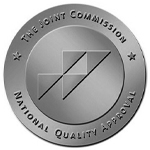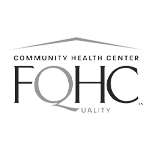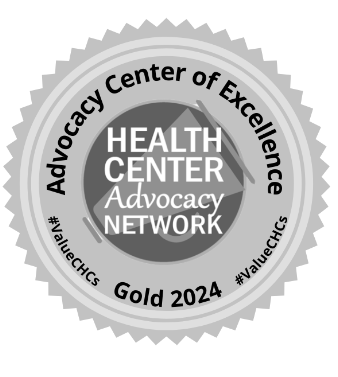During the cold weather months, viruses including RSV occur frequently and spread easily. Dr. Venkata Konanki, Pediatrician at Keystone Pediatrics’ Chambersburg office answers some frequently asked questions about RSV:
Dr. Venkata Konanki, Pediatrician at Keystone Pediatrics’ Chambersburg office answers some frequently asked questions about RSV:
What is RSV?
RSV stands for Respiratory Syncytial Virus, and is very common during the late fall and winter months. It typically causes an upper respiratory infection (commonly referred to as a cold), and in children under two years of age it may cause an infection in the lungs, which is called Acute Bronchiolitis. RSV is responsible for about 50% of cases of Bronchiolitis.
Who is most at risk?
Although RSV infections are common, the symptoms will likely be more severe to: infants under six months of age, children born prematurely, those with conditions affecting their lungs such as asthma, children with congenital heart conditions, those exposed to second-hand smoke, and people with decreased immunity.
What are the symptoms?
Children who develop Bronchiolitis typically display symptoms such as a runny nose, nasal congestion, fever, cough, wheezing, and decreased appetite. Some children may also develop labored or difficult breathing. Very young infants may sometimes take a long pause (20 seconds or longer) when breathing, which is called apnea.
What are the treatments?
Antibiotics do not help unless the patient has developed an associated bacterial infection as well. Treatment of RSV involves taking care of the symptoms. It includes controlling fevers with fever reducers, clearing the nose with nasal saline and bulb suction, encouraging fluid intake, running a cool mist humidifier, etc. However, children who are having difficulty breathing, apnea, or poor feeding should be seen by a medical professional. They may need to be hospitalized for further care.
How can you protect yourself or your children from getting RSV?
The infection is spread between people through secretions that are released into the air when affected individuals cough or sneeze. Practicing good hygiene by washing your hands with soap and water for at least 15 seconds and avoiding contact with those that have the infection are likely to help prevent the spread.
This article contains general information only and should not be used as a substitute for professional diagnosis, treatment or care by a qualified health care provider.




